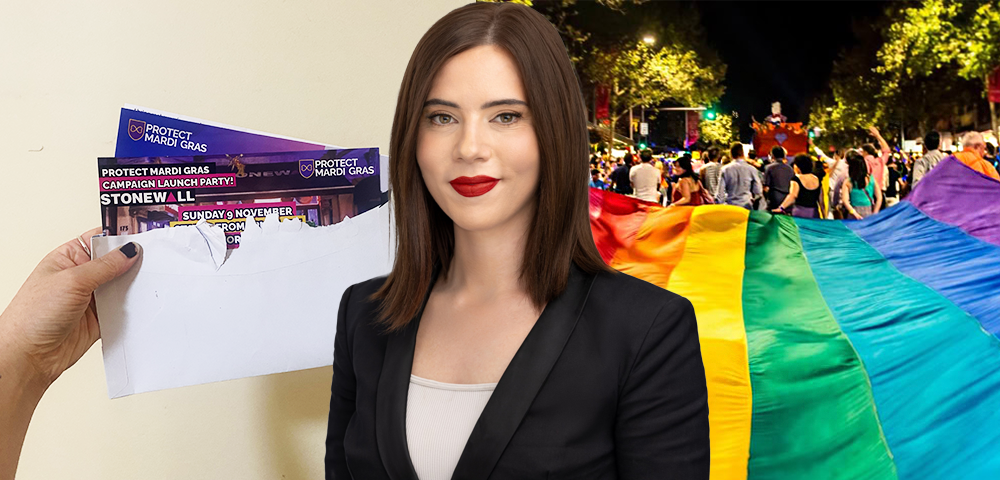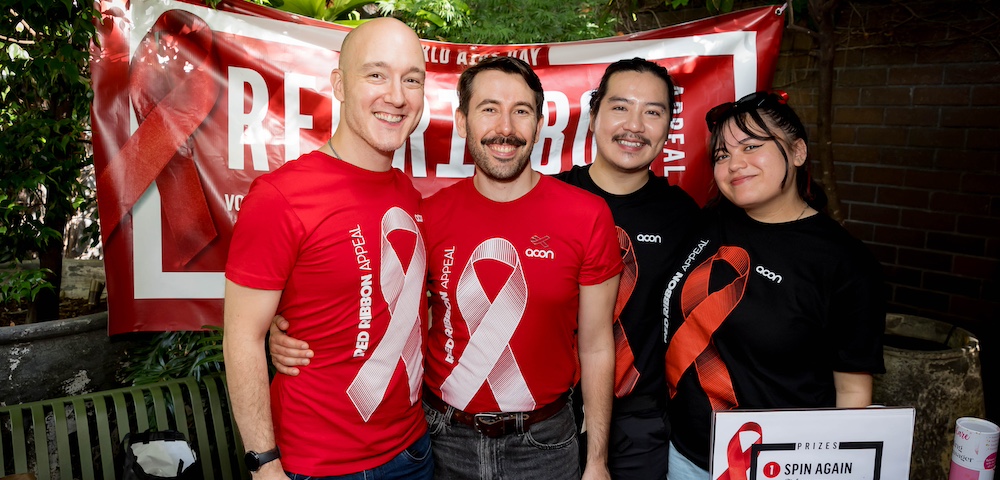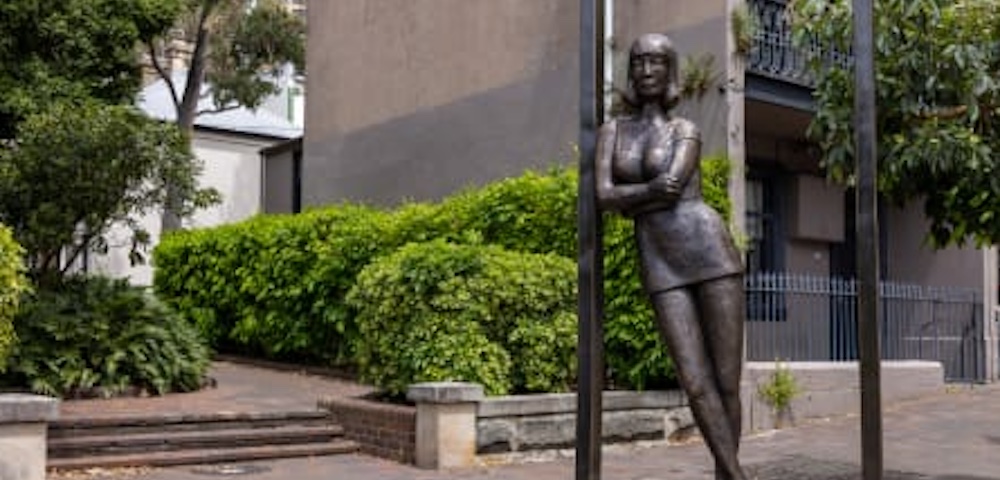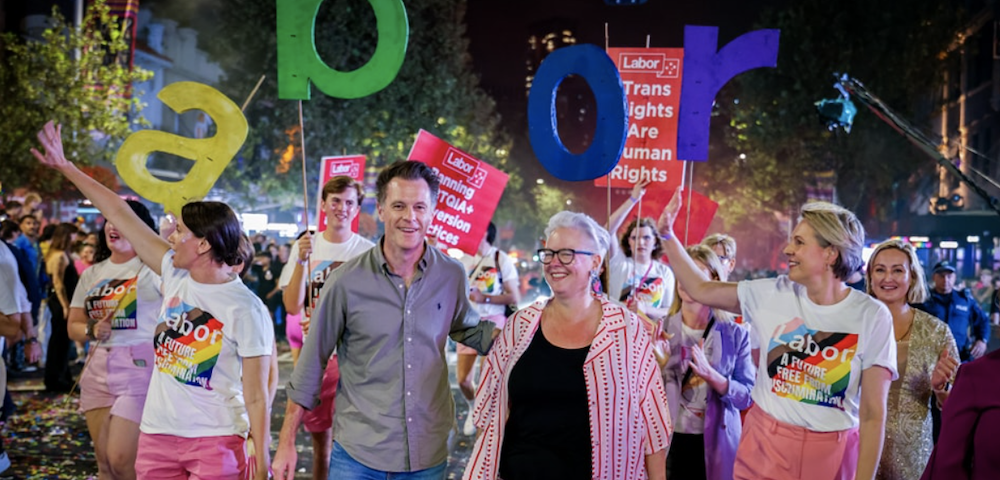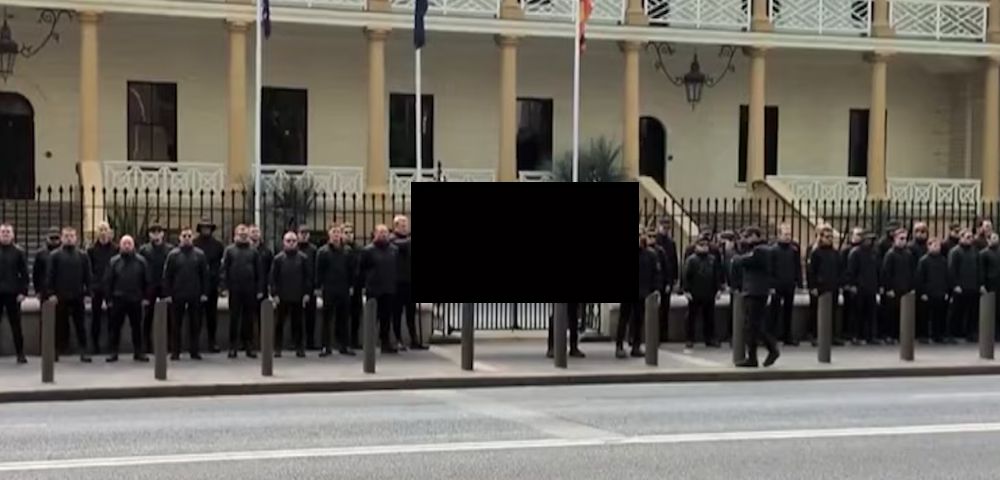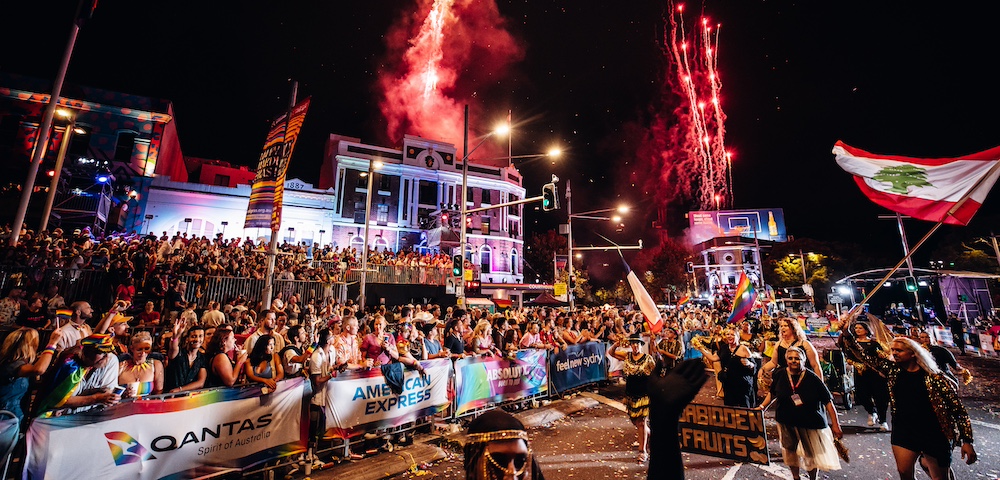
Stories of the West
Harry Payne lived in Lidcombe as a man, was widowed twice and was heavily involved in the Salvation Army before he fell over in the street in 1939, aged 64 years. He was taken to a men’s hospital where the nurses discovered him to be a woman.
According to gay and lesbian history researcher Kimberly O’Sullivan, Payne refused to accept the nurse’s assessment of his gender and was arrested.
He refused to accept that he was a biological female, so he was declared insane. He had no-one to advocate for him as his wife was dead -“ they sent him to a men’s home in Orange where he lived for over a year, O’Sullivan said.
He died a year later and was buried as Annie Payne in an unmarked grave.
O’Sullivan found the Harry/Annie Payne story while researching gay and lesbian lifestyles in western Sydney for the Just Sensational! exhibition at the Liverpool Regional Museum.
Just Sensational! Queer Histories Of Western Sydney is an exhibition dealing with the ordinary lives of gay and lesbian people living miles from the golden mile.
The organisers wanted to show the western suburbs as they really were. The west has been seen not only as not having a gay and lesbian history but as being historically a site of gay bashing. And they wanted to address that, to say, -˜There have always been gay and lesbian people in the west and there continues to be,’ O’Sullivan says.
The exhibition starts in 1888 and travels through until today, but O’Sullivan says much of gay and lesbian history has been made in the past 25 years.
I sort of have the theory that gay history seems to move twice as fast as straight history. People have said to me, -˜Look at this amazing old photo,’ and it’s been from 1986. But it’s like everything moves so fast that memory has been lost.
Daniel Maddeddu also researched the project, focusing on men’s stories from the 1960s until today.
We just wanted to find out about the kind of lifestyles people had -“ and have -“ out west. We did the research and then took it in terms of some of the themes that came out -“ like one is Crush, about peoples’ first crushes and love stories, he said.
Those stories include one of a man who spent the 60s having sex with men at beats in Blacktown, until he eventually fell in love with one. After he found out his lover was a piano teacher, he convinced his mother to buy a piano in order to further the relationship. Until the piano teacher’s wife caught them during one of their lessons.
There were wonderful stories. I had two guys who for two decades ran a movie night in the front room of their house in Merrylands from the late 50s to the early 70s, Maddeddu said.
They weren’t showing porn, or anything like that. It was films like The Sound Of Music. It was more about providing a meeting place.
The researchers spent months talking to western Sydney identities to find their stories. Maddeddu said the exhibition has come mostly from word of mouth.
And from word of mouth came snowballing. You’d interview someone and they’d say, -˜Well, have you spoken to this guy? Oh, he’s been around forever,’ he said.
The researchers also dug through older copies of Sydney Star Observer -“ cutting out old classified ads and ringing the numbers. Many, of course, did not belong to the same people any more. But some did.
I loved doing this project -“ I grew up in glamorous Ingleburn myself so I could relate. And on opening night instead of feeling elated and excited I kind of felt sad. Because while there might be 25 people’s stories told, there are hundreds more untold.
The exhibition was originally planned to coincide with next year’s Mardi Gras festival but show organisers thought the Gay Games was more appropriate, given the history of gay sport in western Sydney. The west was, after all, the site of the Polly-Lympics, (organised by Polly’s Social Club), Australia’s first (campy) version of the gay games.
Â
Just Sensational! Queer Histories Of Western Sydney is a free exhibition at the Liverpool Regional Museum, cnr Hume Hwy and Congressional Drive. The exhibition will run until Saturday 1 March. The museum is open Tuesday to Saturday from 10am to 4pm.




